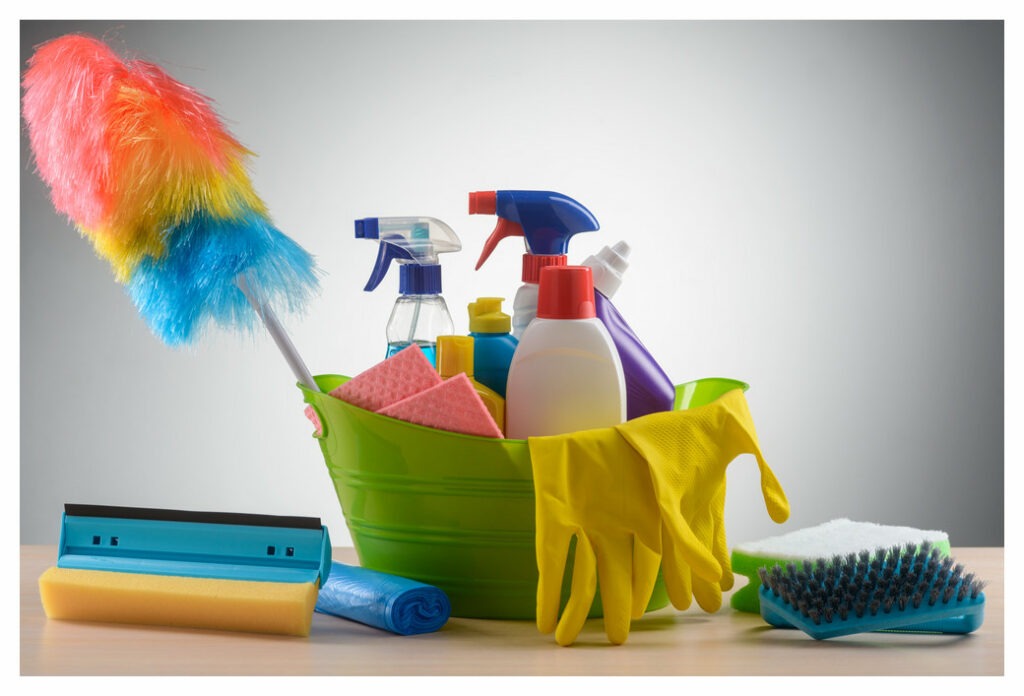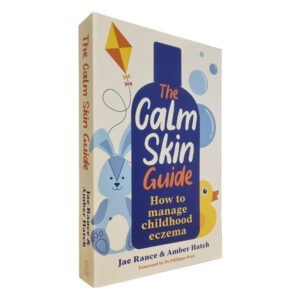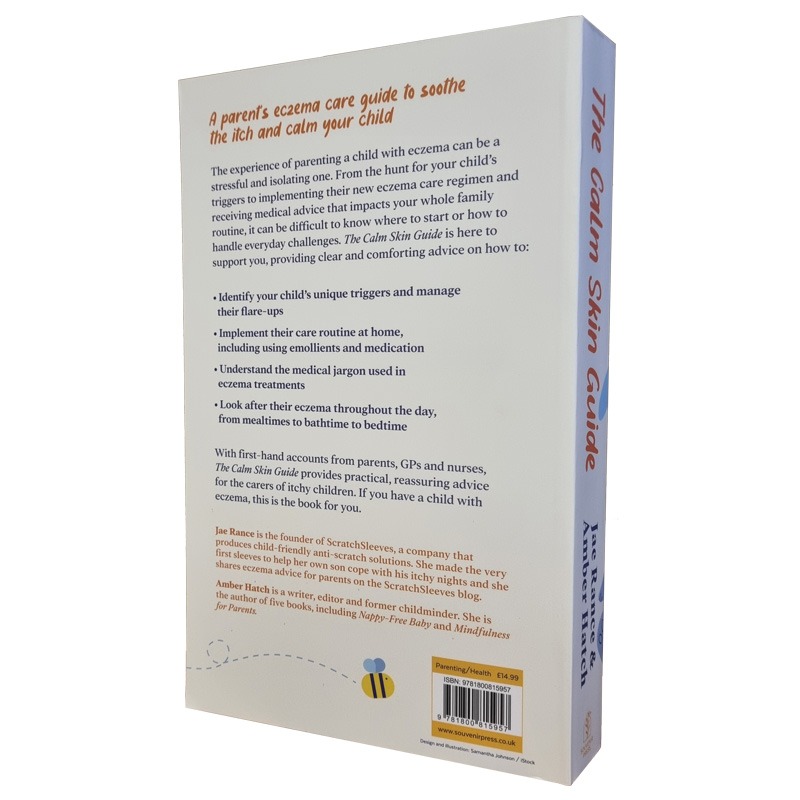Eczema triggers #5: Mould



As the parent of an eczema child you know that all sorts of things can trigger a flare up. Toiletries, cleaning products, animal dander, washing powders… The list goes on and on. What, however, about the environment in your home? It is widely recognised that house dust mites can worsen eczema and other skin conditions. But there is another allergen lurking in your house that you might not even be aware of? Mould.
Mould and eczema
Moulds release microscopic particles, called spores, in their thousands into the air around them. These spores can cause mild to severe allergic reactions. Mould is literally everywhere, both indoors and outdoors, including inside our homes.
According to the NHS, ‘moulds produce allergens, irritants, and sometimes, toxic substances.’ When mould spores come into contact with skin and membranes, they can cause rhinitis, itchy eyes, asthma, and eczema.
The NHS website also advises that babies and children may be more sensitive to mould than others. This is particularly true if they already suffer from eczema, asthma, or other allergies.
According to ECARF (European Centre for Allergy Research Foundation), around 107 allergens from 43 types of mould have been identified so far. The four types of mould that have been found to most commonly cause allergies are:
- Alternaria
- Cladosporium
- Penicillin
- Aspergillus
Where does mould grow?
Moulds flourish in damp conditions hence the wide range of different fungi we see growing on fallen logs and rotting vegetation. We are familiar with finding the furry black and white moulds on out of date food. However, you may not realise that excess moisture in buildings caused by rising damp, leaking pipes or damaged windows and roofs can lead to mould in your home as well.
Even if your home is completely dry and damp proof there are other places that mould is likely lurking. The refrigerator needs to be kept clean and dry, especially around the seal, or it is likely to harbour unwanted organisms. Window frames, wallpaper, houseplant soil, carpets and curtains all absorb condensation, meaning in the winter they are ideal breeding grounds. In addition, the warm damp atmosphere in bathrooms and around tumble driers are common problem areas.

How does mould affect eczema?
Children with eczema often have open sores on their skin from scratching. Open sores can allow viruses, bacteria, and fungi to enter the skin which can result in an infection, thus worsening the eczema condition.
Medical professionals believe that this can be a major contributing factor to discoid eczema or nummular dermatitis. This type of eczema, which can look very similar to ringworm, is a coin-shaped patch of dry, scaly skin which may or may not itch.
In addition, mould on the skin can alter the skin’s microbiome and potentially weaken its physical barrier, making it more susceptible to skin irritation and damage.
Studies such as this one published in The Journal of Allergy and Clinical Immunology have found that the mycotoxins released by mould can also trigger inflammation and damage the skin further.
How can we avoid it?
To put it bluntly, we can’t. Everyone is exposed to moulds of some form in their daily life, be in in the home, at school or outside. The good news, however, is that we can minimise exposure to it by keeping it under control as much as possible.
According to the European Centre for Allergy Research Foundation (ECARF) website, ventilation and cleaning are key to minimising mold in your home.
There are simple measures we can take to reduce damp inside the house.
- Minimise sources of moisture. Cook with lids on saucepans, dry washing outside and close doors when bathing. Use extractor fans to quickly clear damp air from kitchens and bathrooms.
- Ventilate regularly. Keep your home well ventilated by opening bedroom windows for 15 minutes every morning and leaving interior doors open to allow air to circulate during the day (unless, of course, you’re cooking or showering).
- Mop up. On cold days, wipe any condensation from windows and window frames every morning.
- Dry the air indoors. Keeping rooms warm and using a dehumidifier significantly reduces opportunities for mould to grow and flourish. According to the Allergy UK website, the ideal humidity for your home to prevent mould is 50-55 per cent. Don’t over do it, eczema can also be triggered by dry air.
- Bathrooms should be regularly wiped down with bleach, as should the seals on your fridge and washing machine.
Top tips for getting rid of mould
- When it comes to cleaning mould it is recommended that you only clean small areas yourself. Thick mould covering an area of more than one square metre should be left to experts to remove. As should any mould resulting from contaminated water or sewage.
- You can buy specific mould and mildew removers. However, diluting household bleach with water (1 part bleach to 3 parts water) and adding a squirt of washing up liquid works just as well.
- Any mouldy clothes will need professional dry cleaning and mouldy soft furnishings will require shampooing.
- Once you have wiped down any mouldy areas make sure you hoover and dust to get rid of as many spores as possible. Open the windows to let the room air.
Further reading
You can find further information on the subject of mold and eczema in this brilliant blog post by Laura Dolgy on It’s An Itchy Little World. Please click here.
You can also read about another common eczema trigger in children – house dust mite allergy.
As well as sharing our experience of bringing up an eczema child (and favourite allergy-friendly recipes), ScratchSleeves also manufacture and sell our unique stay-on scratch mitts and PJs for itchy babies, toddlers and children. We now stock sizes from 0-adult in a range of colours. Visit our webshop for more information.
The Calm Skin Guide
Love our blog? It's also available in book format with:
- First hand accounts from parents & medical professionals
- Easy navigation
- Comprehensive index
- Additional material
Signed copies available at no extra cost
Written by:
Reviewed by:
Interesting article? Don't keep it to yourself...
Read next...
You may also find helpful...
Quick buy


Multi Buy Discount

Spend between £30 - £60 and save 5%
Spend between £60 - £120 and save 10%
Spend over £120 and save 15%
Discount automatically applied at checkout
No Quibbles Guarantee

ScratchSleeves abide by a no quibbles guarantee.
Free UK Postage

Free packing and postage on all UK orders. For overseas orders to Europe postage is from £3.50, to USA is £6.50 and to the rest of the world, from £3.75.







